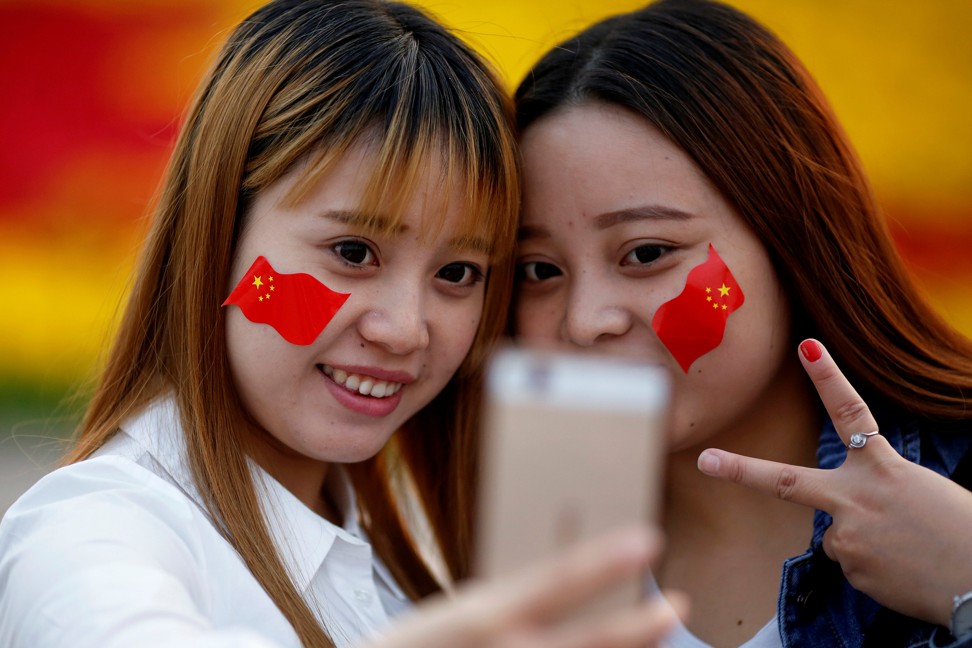4 ways luxury brands are failing Gen Z consumers – especially in China
As millennial consumers age and settle down, Gen Z is undoubtedly the next market gold rush – especially in China – but luxury brands need to up their game in inclusion, diversity, honesty and video content to get ahead

This article was originally written by Adina-Laura Achim for Jing Daily
Despite being stereotyped by an apparent resistance to marriage and procreation, most millennials inevitably, eventually, embark upon the adventures of family life. And once they embrace parenthood, their priorities and spending habits change from a focus on frivolities and leisure activities to parenting products and services.
So, the luxury industry’s contingency plan must be to turn its focus toward Generation Z. Both generations remain relevant, but Gen Z is credited with bringing new blood into streetwear culture while helping to modernise classic brands like Gucci and Saint Laurent.
According to Campaign Monitor, “Generation Z is one of the most powerful consumer forces in the market today. Their buying power is US$44 billion and expands to US$600 billion when considering the influence they have on their parents’ spending.”
But despite their incredible potential, marketers remain baffled by this consumer segment. This is somewhat understandable, as Gen Zers have unique traits that make them both appealing and frightening as an audience.
They are indeed the first true digital natives, and this has huge implications and challenges because not every brand is fluent in social media lingo, or up-to-date with the latest technology.
Furthermore, this generation is a result of the strict enforcement of China’s one-child policy. Because of this, Gen Z kids grew up in households free from sibling rivalry and were pampered by older relatives. Some critics argue that this situation has created a generation of “little emperors”; narcissistic and weak-willed children spoiled by parental attention and new-found material comfort. The narcissism tag may be debatable, but we can acknowledge that Generation Z has unique characteristics that impact their consumer behaviour.

Another Gen Z trait is being even more socially conscious than millennials. According to a report by MNI Targeted Media, 56 per cent of Gen Zers “consider themselves to be socially conscious and more than 50 per cent report that knowing a brand is socially conscious influences their purchasing decisions”. Moreover, as the most educated generation in history, Gen Z understands the importance of staying informed, and this knowledge formed their beliefs that brands should adopt socially and environmentally responsible practices.
Ultimately, Gen Z is a generation like none that has come before it, and marketers feel pressure to redesign their whole marketing strategy to engage it. For this reason, we have outlined the best strategies for brands to implement so they can build long-lasting connections with Gen Zers.
1. Authenticity and brand honesty should become the core values
Gen Zers are intelligent consumers. They will cut right through advertorials, branded content and sales tricks. So instead of creating ads, brands should focus on creating value.
Marketers serious about winning Zers over should promote transparency and honesty. This implies elevating the interaction with the consumer through thoughtful dialogue. International retailers need to listen to what’s important for their buyers while also offering incentives. Successful examples include turning loyal brand customers into advocates (Apple) or offering discounts and promotional offers to users who post product reviews on social media (Amazon, Alibaba). In short, retailers need to elevate their service offerings and shopping experience through a tactful, honest and genuine approach.
2. Diversity and inclusion
According to a recent report, 60 per cent of Gen Zers want to positively change the world through their work, and a study by Ernst and Young highlights that when working in a team, 63 per cent of interviewees “feel it is most important to work with people with diverse education and skill levels” and “an additional 20 per cent think that having people of different cultures (ethnicity/origins) is the most important element to a team”.

We find the same ideas in Facebook’s Getting to Know the ‘Me Is We’ Generation report, which noted that Gen Zers see diversity as an asset. Meanwhile, according to Ryan Jenkins, a leading speaker on “generational issues”, 77 per cent of Gen Zers look at a company’s level of diversity when deciding on a career move. That means brands emphasising diversity and building an inclusive culture will surely win the hearts of this demographic.
Another Gen Z trait is that they are even more socially conscious than millennials
Nike, for instance, went through a complete rebranding when it reorganised its management team and dismissed executives whose behaviour was “inconsistent with [the company’s] values”. The company’s efforts were noticed, and the new branding was also beneficial for sales: When Nike unveiled its “Just Do It” campaign with former football quarterback and political activist Colin Kaepernick, online sales jumped 31 per cent.
3. Experiential marketing
Zers crave experiences more than owning material goods. For this reason, Inphantry says that Zers can be reached at “music gatherings, art exhibitions, product launches, brand activations, gaming conferences”, and other one-off events, while traditional marketing bores them. Therefore, international brands should follow Alibaba’s lead and promote the “retailtainment” model. The Chinese giant is using multisensory experiences “to help buyers develop and forge an emotional connection to the brand”.
4. Video content
The fastest way to a Gen Zer’s heart is with engaging video content. Jessica Baron from Forbes calls the phenomenon a “rise of visual culture” and she’s right: this generation has a very short attention span (about eight seconds compared to millennials, who clock in at around 12 seconds). That’s why brands should seriously consider their video content because they won’t get a second chance to make a first impression with Gen Z.
Creating effective and engaging video content for Tencent Video and DouYin (TikTok) is key for any successful marketing campaign in China. DouYin, in particular, with its quirky mix of content, is becoming a gold mine for marketers. According to “WeChat agency” WalkTheChat, 43 per cent of DouYin users are in Tier-1 and Tier-2 cities and are predominantly young (20 per cent are younger than 19, and 32.8 per cent are 20-24).
International brands shouldn’t do things halfheartedly if they want to win Gen Zers over: only retailers that are genuine, inclusive and dedicated to a socially responsible agenda will be able to count on this highly lucrative segment.